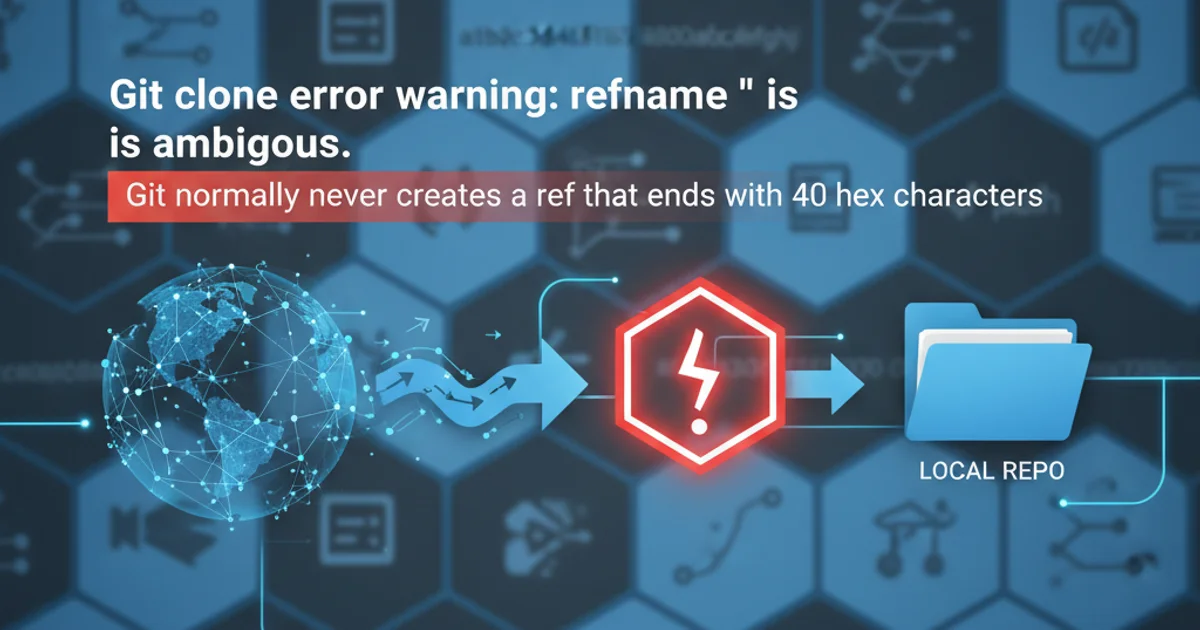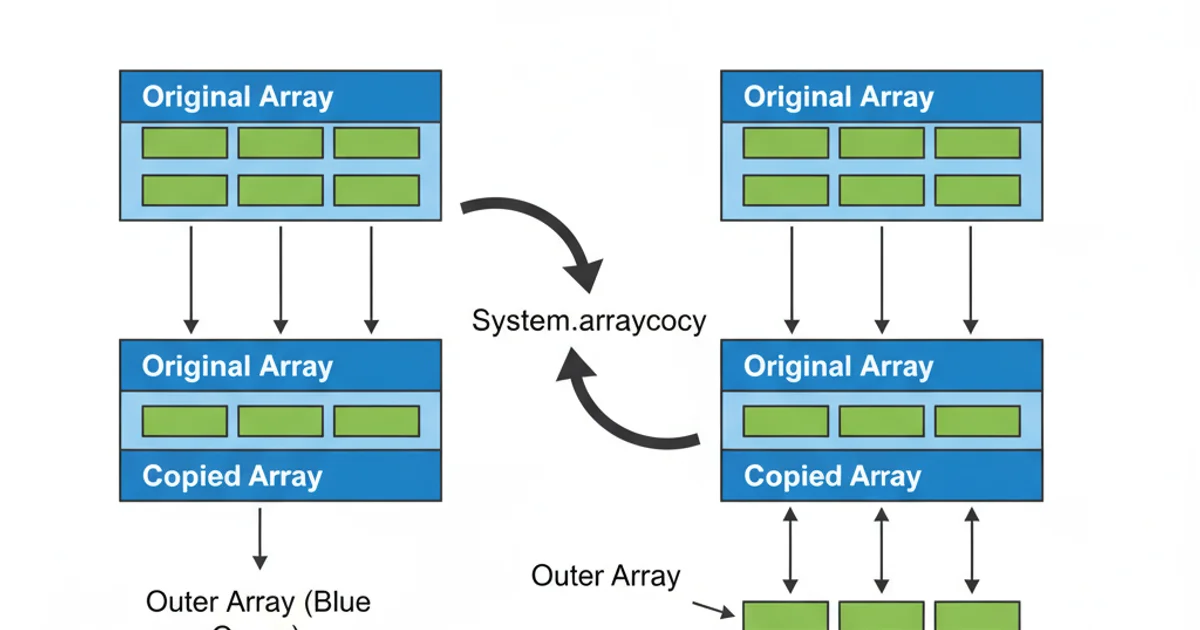Java sound visualizer
Categories:
Building a Real-time Java Sound Visualizer

Explore the fundamentals of audio processing in Java to create dynamic, real-time sound visualizations. This guide covers capturing audio, processing samples, and rendering visual feedback.
Creating a real-time sound visualizer in Java involves several key steps: capturing audio input, processing the raw audio data, and then rendering this processed data visually. This article will guide you through setting up the audio capture, understanding basic audio processing techniques like Fast Fourier Transform (FFT), and displaying the results using Java's Swing or JavaFX capabilities. We'll focus on the core logic, providing code examples and conceptual diagrams to illustrate the process.
1. Audio Capture and Data Acquisition
The first step in any sound visualizer is to get the audio data. Java's javax.sound.sampled package provides the necessary APIs for capturing audio from a microphone or other input devices. You'll typically work with TargetDataLine to read audio samples into a byte array. Understanding audio formats (sample rate, bit depth, channels) is crucial for correct interpretation of the raw byte data.
flowchart TD
A[Start Audio Capture] --> B{Get Audio Format}
B --> C[Open TargetDataLine]
C --> D[Start Line]
D --> E{Read Audio Bytes}
E --> F[Process Bytes]
F --> E
E -- Stop Capture --> G[Stop Line]
G --> H[Close Line]
H --> I[End]Audio Capture Workflow
import javax.sound.sampled.*;
public class AudioCapture {
private TargetDataLine line;
private AudioFormat format;
private byte[] buffer;
public AudioCapture(int sampleRate, int bitDepth, int channels) {
format = new AudioFormat(sampleRate, bitDepth, channels, true, false);
DataLine.Info info = new DataLine.Info(TargetDataLine.class, format);
if (!AudioSystem.isLineSupported(info)) {
System.err.println("Line not supported");
return;
}
try {
line = (TargetDataLine) AudioSystem.getLine(info);
line.open(format);
line.start();
buffer = new byte[line.getBufferSize() / 5]; // Smaller buffer for real-time
} catch (LineUnavailableException e) {
e.printStackTrace();
}
}
public byte[] readAudioData() {
if (line != null && line.isRunning()) {
int bytesRead = line.read(buffer, 0, buffer.length);
if (bytesRead > 0) {
return buffer;
}
}
return null;
}
public void stopCapture() {
if (line != null) {
line.stop();
line.close();
}
}
}
Basic Java Audio Capture Class
2. Audio Processing: From Time Domain to Frequency Domain
Raw audio data is in the time domain, representing amplitude over time. For many visualizations, especially those showing frequency content (like a spectrum analyzer), you'll need to convert this to the frequency domain. The Fast Fourier Transform (FFT) is the standard algorithm for this. Libraries like JTransforms or Apache Commons Math provide efficient FFT implementations. After FFT, you'll get complex numbers, from which you can derive magnitude (amplitude of each frequency component) and phase.
sequenceDiagram
participant AudioInput
participant Processor
participant Visualizer
AudioInput->>Processor: Raw Audio Bytes
Processor->>Processor: Convert Bytes to Samples (e.g., 16-bit PCM)
Processor->>Processor: Apply Window Function (e.g., Hann Window)
Processor->>Processor: Perform FFT
Processor->>Processor: Calculate Magnitudes (Frequency Bins)
Processor->>Visualizer: Frequency Data (Magnitudes)
Visualizer->>Visualizer: Render Spectrum/Waveform
Visualizer->>AudioInput: Loop for next frameAudio Processing Sequence for Visualization
import org.jtransforms.fft.DoubleFFT_1D;
public class AudioProcessor {
private DoubleFFT_1D fft;
private double[] fftData;
private int fftSize;
public AudioProcessor(int fftSize) {
this.fftSize = fftSize;
this.fft = new DoubleFFT_1D(fftSize);
this.fftData = new double[fftSize * 2]; // For real and imaginary parts
}
public double[] process(byte[] audioBytes, int bytesRead) {
// Convert bytes to doubles (e.g., 16-bit signed PCM)
for (int i = 0; i < bytesRead / 2 && i < fftSize; i++) {
int sample = (audioBytes[i * 2 + 1] << 8) | (audioBytes[i * 2] & 0xFF);
fftData[i] = (double) sample / 32768.0; // Normalize to -1.0 to 1.0
}
// Pad with zeros if bytesRead is less than fftSize
for (int i = bytesRead / 2; i < fftSize; i++) {
fftData[i] = 0.0;
}
// Perform FFT
fft.realForward(fftData);
// Calculate magnitudes
double[] magnitudes = new double[fftSize / 2];
for (int i = 0; i < fftSize / 2; i++) {
double real = fftData[i * 2];
double imag = fftData[i * 2 + 1];
magnitudes[i] = Math.sqrt(real * real + imag * imag);
}
return magnitudes;
}
}
Audio Processing with FFT using JTransforms
3. Visualizing the Data
Once you have the processed audio data (e.g., frequency magnitudes), you can render it visually. Common visualizations include waveform displays (time domain), spectrum analyzers (frequency domain), or more creative graphical representations. Java Swing's JPanel and Graphics2D or JavaFX's Canvas are suitable for custom drawing. You'll typically update the visualization in a loop, redrawing the display with new data frames.

System Architecture for a Java Sound Visualizer
import javax.swing.*;
import java.awt.*;
import java.util.Arrays;
public class SpectrumPanel extends JPanel {
private double[] magnitudes;
private int barWidth = 5;
public SpectrumPanel() {
setPreferredSize(new Dimension(800, 400));
setBackground(Color.BLACK);
}
public void updateMagnitudes(double[] newMagnitudes) {
this.magnitudes = Arrays.copyOf(newMagnitudes, newMagnitudes.length);
repaint(); // Request a repaint of the panel
}
@Override
protected void paintComponent(Graphics g) {
super.paintComponent(g);
Graphics2D g2d = (Graphics2D) g;
g2d.setColor(Color.GREEN);
if (magnitudes != null) {
int width = getWidth();
int height = getHeight();
int numBars = width / barWidth;
for (int i = 0; i < numBars && i < magnitudes.length; i++) {
// Scale magnitude for display height
int barHeight = (int) (magnitudes[i] * height * 2); // Adjust multiplier as needed
if (barHeight > height) barHeight = height;
int x = i * barWidth;
int y = height - barHeight;
g2d.fillRect(x, y, barWidth - 1, barHeight);
}
}
}
public static void main(String[] args) {
// Example usage (requires AudioCapture and AudioProcessor to be integrated)
JFrame frame = new JFrame("Java Sound Visualizer");
SpectrumPanel spectrumPanel = new SpectrumPanel();
frame.add(spectrumPanel);
frame.pack();
frame.setDefaultCloseOperation(JFrame.EXIT_ON_CLOSE);
frame.setVisible(true);
// In a real application, you would have a separate thread
// continuously reading audio, processing it, and calling spectrumPanel.updateMagnitudes()
}
}
Simple Swing Panel for Spectrum Visualization
1. Set up Audio Capture
Initialize AudioCapture with your desired audio format (e.g., 44100 Hz, 16-bit, mono). Ensure the TargetDataLine opens and starts correctly.
2. Configure Audio Processor
Create an instance of AudioProcessor with an appropriate FFT size (a power of 2, like 1024 or 2048). This determines the frequency resolution.
3. Integrate Visualizer Panel
Embed your SpectrumPanel (or custom visualizer) into a JFrame or JavaFX scene. Set up a Timer or a dedicated thread to continuously update the visualization.
4. Run the Loop
In your update loop, read audio bytes from AudioCapture, pass them to AudioProcessor to get magnitudes, and then call spectrumPanel.updateMagnitudes() to refresh the display.